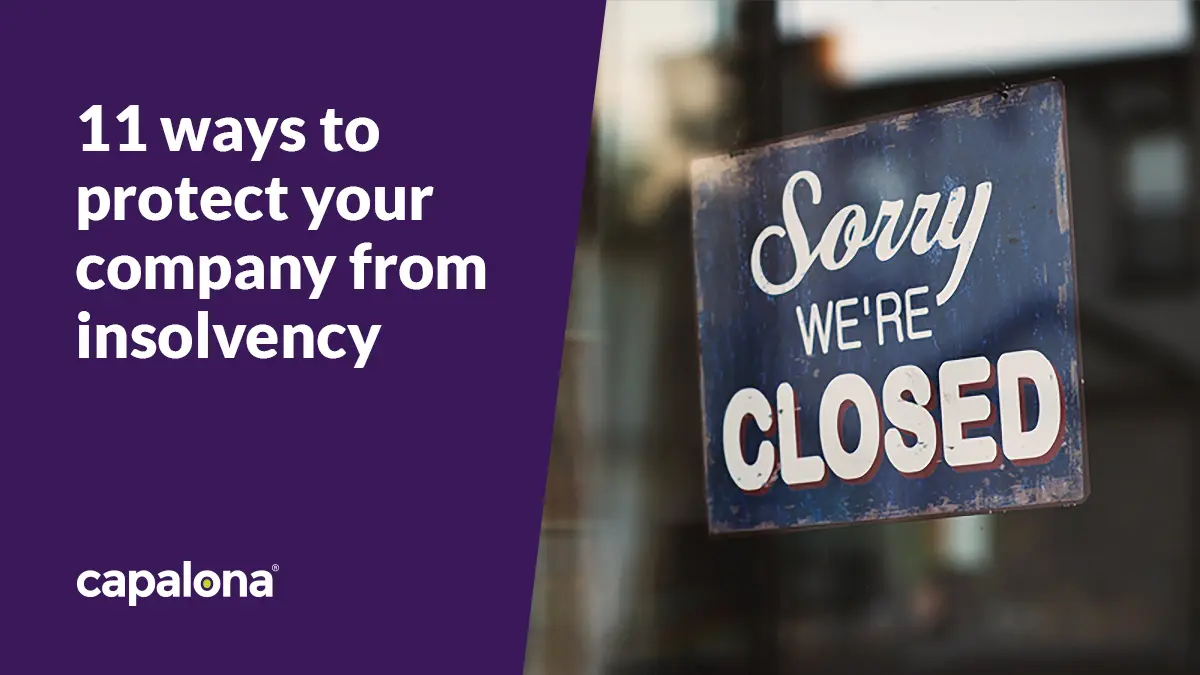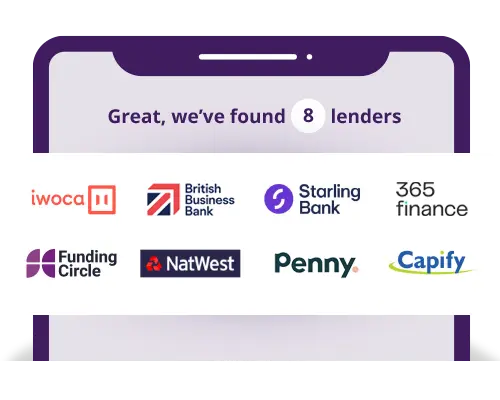If you had to borrow money to keep your business afloat, you’re not alone. According to a recent survey, 89% of businesses look to borrow to stay afloat to cover costs in the next 12 months.
The feeling of financial treading water is a horrible one. It might induce sleepless nights, and your focus isn’t on the business; it’s on the debt.
But there’s plenty of free business debt advice out there for you to access. And we’re sharing a handful of places you can go.
Business Debtline
The go-to resource for most small businesses is Business Debtline. Business Debtline is free, impartial and they’re ready to listen to your debt worries and offer you actionable advice. Sometimes, you can’t see the wood for the trees, and all you need is a reassuring conversation with someone who is knowledgeable and there to help you.
If you’re not ready to speak with someone, they have plenty of information posted on their website for guidance. Scroll through at your leisure for help with managing your debts to creating a budget using their tool.
Business Gateway (Scotland)
If your business is registered in Scotland, you can make use of the Business Gateway. Contact their team for guidance and support on rising costs, access webinars and video tutorials to help with business contingency planning through to managing cash flow.
Advice NI (Northern Ireland)
If your business is registered in Northern Ireland, head over to Advice NI. Visit this site to access free money management tools and resources - everything from budget planners and loan calculators to factsheets and tailored business advice for sole traders, partnerships, and limited companies.
Approach your bank
High street banks like Barclays encourage their business customers to contact them with business debt worries. They make it really easy for businesses to get in touch through their app. So whoever you bank with, consider approaching them for debt advice, or at least contact them to let them know, so they’re aware of your situation.
They might be able to provide you with different services to support your situation.
The Insolvency Service
The Government agency helps “to deliver economic confidence by supporting those in financial distress, tackling financial wrongdoing and maximising returns to creditors.” So if you’re looking for guidance on bankruptcy or you need to find an insolvency practitioner, visit The Insolvency Service.

How to handle business debt
When you have business debt, the best thing to do is take a deep breath, sit down and work out small steps forward. Looking at your total debt can be overwhelming and can put you into panic mode. Instead, breaking the debt up and figuring out a way forwards can help alleviate that pressure and give you actionable steps to follow to recover and pay off your debt.
Here are three ways you can get on top of your business debt.
1) Consider consolidating your debt
Consolidating your debt by using a business debt consolidation loan can be a great way to focus your attention on just one monthly payment. Rather than keeping up with different loans here and there, consolidating into just one loan means just one interest rate to worry about. Why else should you consider consolidating? Because there are fewer chances of missing a payment, which means it can help you improve your credit score, and you can extend repayment terms, so the debt becomes easier to manage.
2) Focus on marketing your business to increase revenue
Increasing revenue is the goal for most business owners, and that’s probably what you’ve been trying to achieve since day one. But if you’ve got business debt, it’s essential to focus on improving your marketing and sales strategies to increase your revenue.
How can you increase your revenue?
To make more money, you need to understand the market you’re operating in. Without an in-depth understanding of your market and the audience you’re trying to reach, you’ll continue to waste money marketing to the masses.
Firstly, create a business plan. This can help you understand the market and the gaps within it to build a product that adds value and differentiates itself from the competition. Use a business plan to lay out your financial commitments so you get a clear picture of all expenditures before making any decisions.
In short, you can increase your revenue by:
- Increasing your product/service prices
- Market to and convert new customers
- Upsell product and service add-ons to existing customers
- Consider implementing a sale or promotion to attract customers
3) Try and reduce business expenditure (but be careful where you cut costs)
After you’ve created your business plan, it’s time to trim down unnecessary business expenditures. However, you need to be careful you don’t get rid of expenses that help you deliver unrivalled service.
Before cutting any costs, monitor exactly how much you’re spending on your business. How much return are you receiving for your investment? For example, if you’re spending a fair chunk of your marketing budget on paid ads, but you do not see much return. Consider pausing the campaign and changing your approach and your budget.
You could meet with your accountant and see if they have additional advice for tax planning and tips for making your business more tax-efficient.
Wherever you’re able to reduce expenditure without it negatively affecting your bottom line and how your service customers do it.
Hopefully, equipped with these resources, you can confidently face your business debt and manage it effectively. Whether that’s through debt consolidation, cutting costs or increasing revenue.
Remember, growing a business invariably comes with business debt — you’re not the only business to ever have it. But you can control how you manage it to keep stress and sleepless nights at bay.





